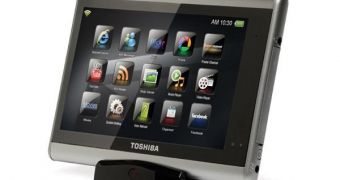Though NAND prices have been falling over the past few months, the fact remains that revenues in this sector will be much higher than those of 2009, and iSupply sees tablets as one of the main factors in this performance.
Most recently, a report arose stating that NAND Flash chips had gotten even cheaper in November, mostly because of how demand can't keep up with growing supply.
Nevertheless, while true, this did not stop the segment from growing by a fair bit compared to last year, when the industry was still recovering after the harrowing recession.
To be more specific, revenues for NAND chips in 2010 are expected, by iSupply, to reach $18.7 billion, which would mean a 38% on-year increase form 2009's US$13.5 billion.
"Among consumer electronic devices, tablets represent the newest growth sector for NAND flash, in addition to the memory product's continued healthy application and usage in smartphones," said Michael Yang, senior analyst for memory and storage at iSuppli.
“Among consumer electronic devices, tablets represent the newest growth sector for NAND flash, in addition to the memory product’s continued healthy application and usage in smart phones,” Yang added.
“The mad rush for NAND flash in tablets echoes a similar trend in netbooks two years ago, but is occurring on a larger scale, iSuppli believes, given the high average densities used in tablets,” he went on to saying.
Still, while tablets and smartphones are seen as the main two elements behind this large jump, the same situation is not expected of the following years.
The research firm predicts that ASPs (average selling prices) will drop by 23% to 29%, and oversupply may extend even beyond 2011.
Demand from all segments has already dropped and is set to keep dropping after the holiday season, even the fairly strong embedded NAND sector.

 14 DAY TRIAL //
14 DAY TRIAL //